Shanghai, << SHANG hy >> (pop. 22,500,000), is the largest city in China and a center of industry, trade, and finance. It lies on the Huangpu River in the eastern part of China. About 14 miles (23 kilometers) north of Shanghai, the Huangpu and Yangtze rivers meet and empty into the East China Sea. Shanghai’s location near these important waterways helps make it China’s leading port and industrial city.
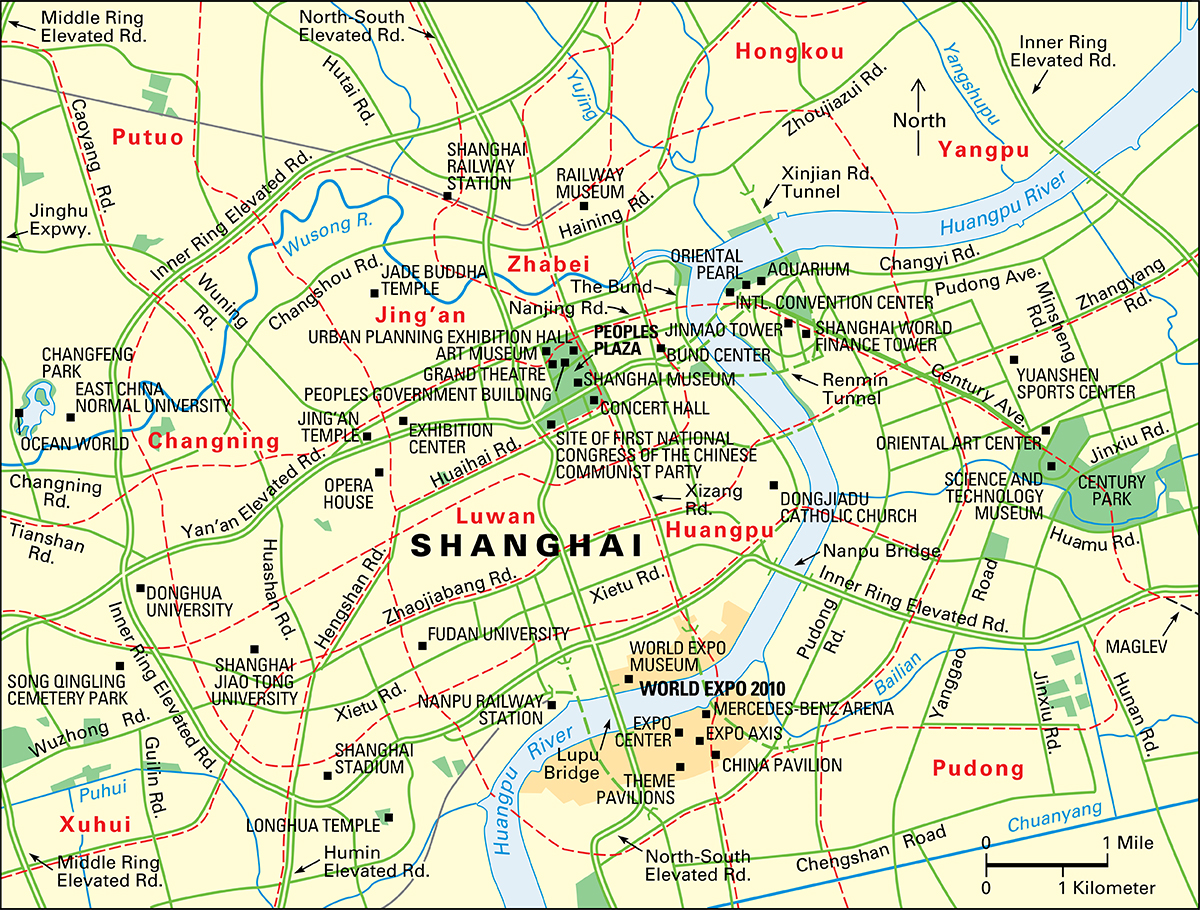
Shanghai was a small trading town until the 1800’s. In 1842, the United Kingdom forced China to open it to foreign trade. People from France, the United Kingdom, the United States, and other countries settled in Shanghai and gained power in the city’s affairs. They made Shanghai a world leader in trading and banking. They built homes, churches, and office buildings that gave much of Shanghai a Western appearance. The Chinese Communists took over the city and the rest of China in 1949.
The city
lies within the Shanghai Municipality, which has a population of about 24 million. The municipality has three main parts: (1) the old foreign section in the north, (2) the original Chinese settlement in the south, and (3) suburban areas around these two sections. The Shanghai Municipality also includes several rural counties and offshore islands.
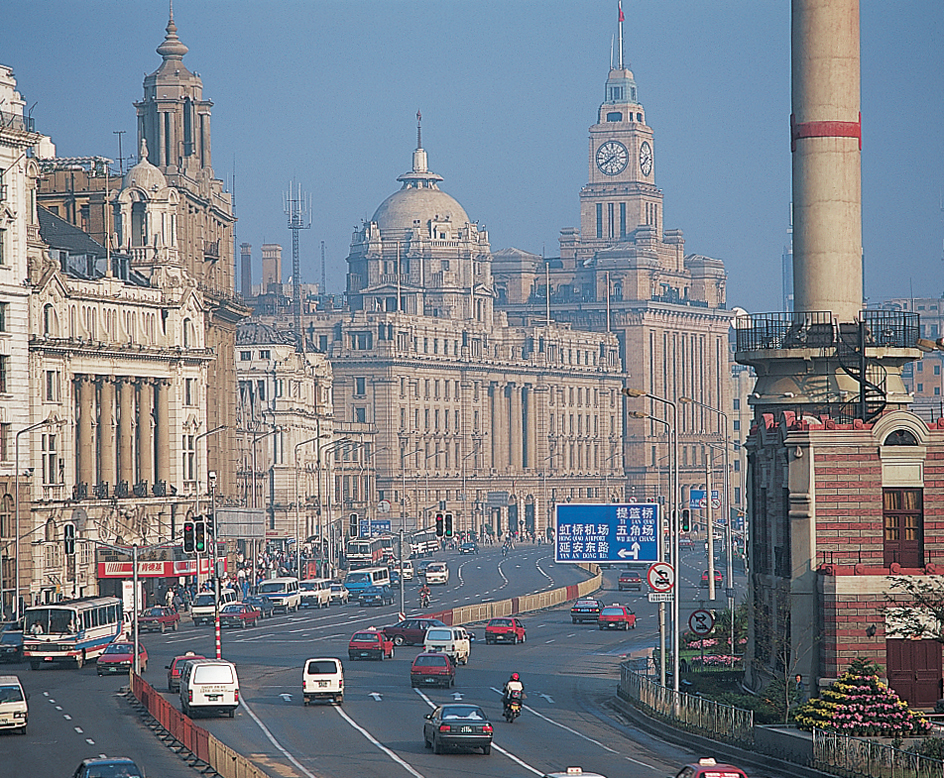
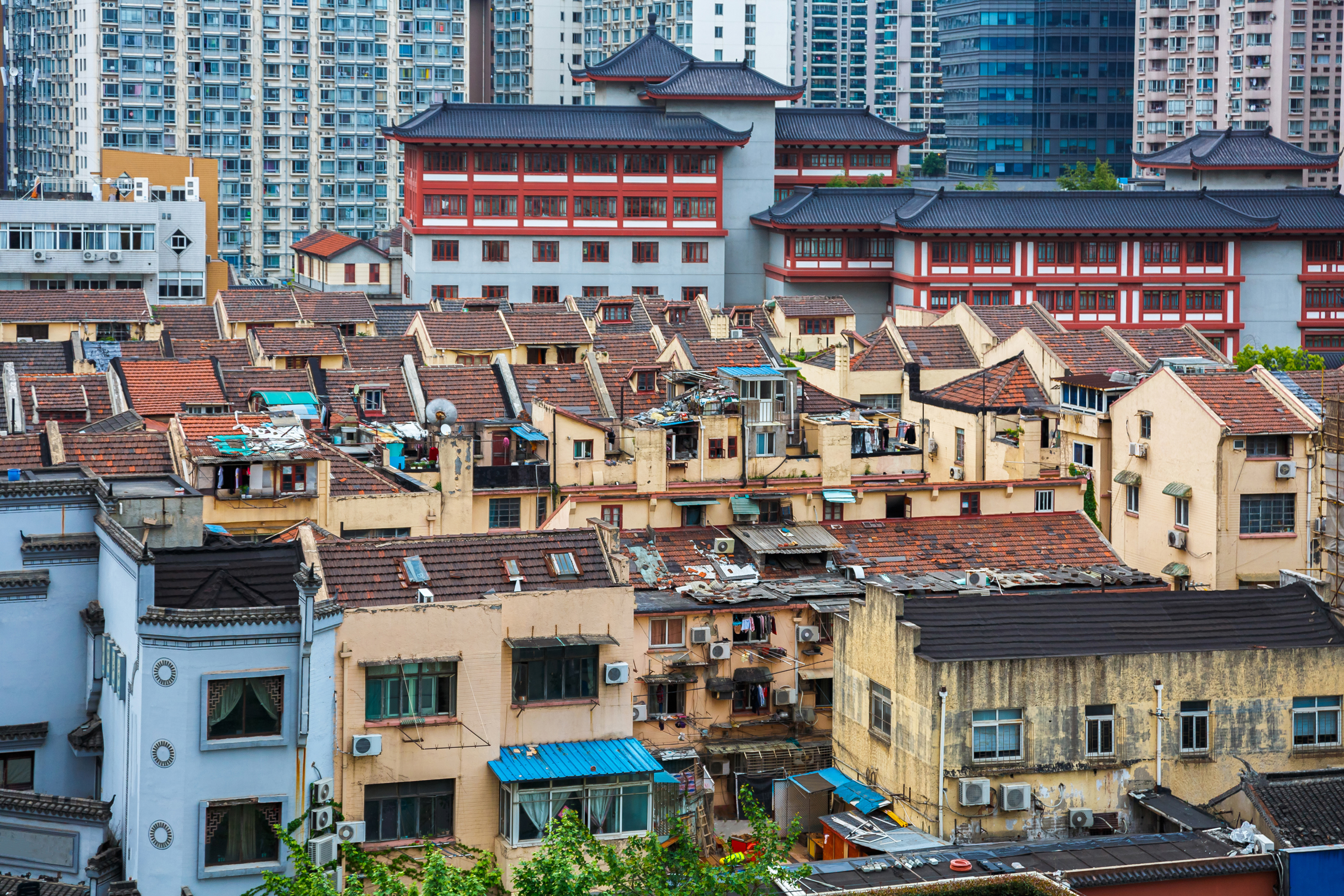
The heart of Shanghai lies in the old foreign section, near the intersection of the Bund and Nanjing Road. The Bund is a broad boulevard with dozens of skyscrapers. It lies along the Huangpu River. Nanjing Road has many stores and restaurants. The People’s Square, a large square on Nanjing Road, was once the site of a British race track. It is now the city’s largest public open space and the site of the Shanghai Museum. The Shanghai Museum houses an impressive collection of Chinese art. Its exhibits include Chinese paintings, bronzes, sculptures, ceramics, jade carvings, furniture, and coins.
The original Chinese settlement, sometimes called the “Chinese City,” lies south of the foreign section. This area has residential and commercial buildings and narrow, twisting streets.
Since the middle of the 1900’s, the Chinese government has built a number of suburbs around old Shanghai. These areas include apartments, factories, farms, schools, and shops.
Economy.
Shanghai lies in one of China’s most important industrial areas. Iron mines west of the city help supply raw material for the manufacture of machinery and for shipbuilding. Textile mills make cloth from cotton grown in the nearby Yangtze Valley or from imported cotton. The city’s other products include cement, electrical equipment, and fertilizer. Farmers in suburbs grow cereal grains, cotton, and vegetables. They also raise pigs and fish.
Shanghai has a stock market and is a center of finance and trade. The city is also the home of many universities and research centers.

Government.
Shanghai and its suburbs form one of China’s four municipalities that are ruled directly by the national government. These four metropolitan areas have a political status similar to that of a province. The other nationally governed municipalities are Beijing, Chongqing, and Tianjin.
History.
Shanghai developed as a small trading center during the Song dynasty (960-1279). In 1842—at the end of the First Anglo-Chinese War (also called the First Opium War) between China and the United Kingdom—the United Kingdom forced China to open the town to foreign trade. Other nations soon gained trading rights, and Shanghai became a major trading center. British, French, Japanese, and U.S. citizens settled there in special areas for foreigners called concessions.
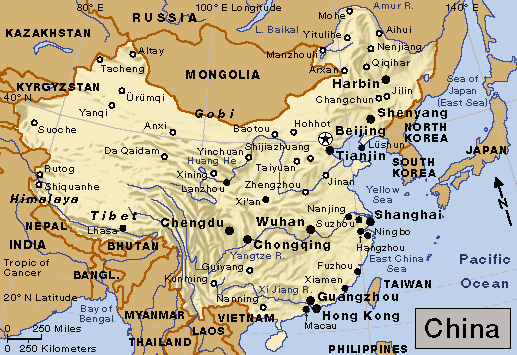
Foreigners and some Chinese business people set up banks and businesses in Shanghai. Many Chinese peasants moved to the city to find jobs. Most Chinese workers lived in slums in the old part of the city.
During the early 1900’s, merchants, students, and workers protested against foreign influence. Some of them founded China’s Communist Party in Shanghai in 1921. In 1927, the Chinese Nationalists killed many Chinese Communists and drove others from the city.
The Japanese captured Shanghai in 1937 and occupied it until World War II ended in 1945. The United Kingdom and the United States gave up their concessions there during the war. France gave up its in 1946.
The Communists conquered China in 1949. They enlarged Shanghai and developed heavy industries. In 1966, Communist Party Chairman Mao Zedong called for a “cultural revolution” to rid the party of his enemies. As part of this revolution, Red Guards (student supporters of Mao) drove the Shanghai government from power. In January 1967, during what was called the “January Revolution,” a committee directed by China’s army took control of the city’s government. In 1979, Shanghai was returned to civilian rule.
During the 1990’s, Shanghai experienced a building boom. The city added thousands of residential and commercial buildings and opened a subway system. Shanghai also developed its Pudong area, which lies on the east side of the Huangpu River. The Pudong area has become an economic center of the city as well as an international financial center. The 128-story Shanghai Tower and the 101-story Shanghai World Financial Center, both in the Pudong area, are two of China’s tallest buildings. The world’s fastest commercial trains began operating in the Pudong area in 2004. They are magnetic levitation trains that carry passengers between central Pudong and Pudong International Airport. 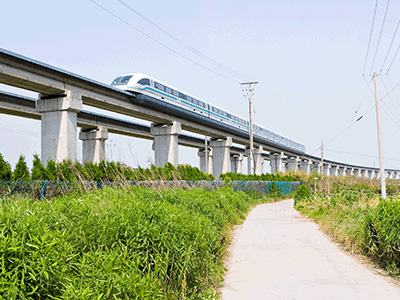
In 2008, the Hangzhou Bay Bridge opened, linking Shanghai to the industrial city of Ningbo. The 22-mile (36-kilometer) bridge is one of the world’s longest sea-crossing bridges. In 2011, a high-speed rail line began service between Shanghai and the Chinese capital of Beijing. In 2013, the Chinese government opened a free trade zone in Shanghai. Within this area, the government agreed to relax numerous economic restrictions in an effort to boost the country’s economy. In 2016, the Shanghai Disneyland theme park opened in Pudong.
